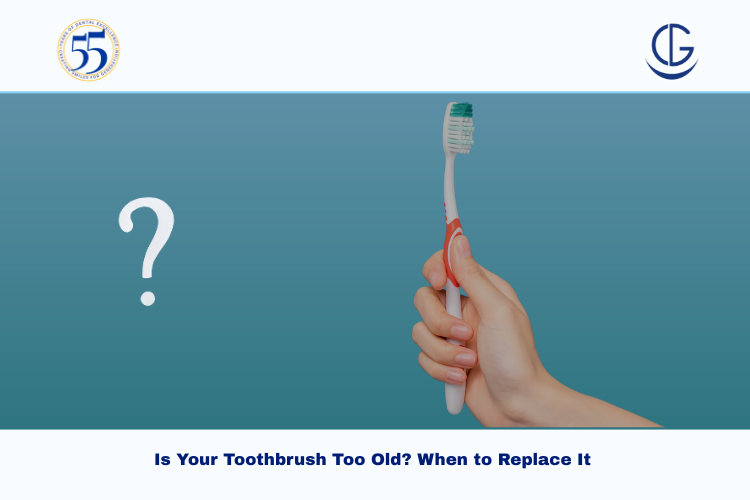Schedule Appointment




When it comes to maintaining good oral hygiene, your toothbrush plays a vital role. But did you know that using an old or worn-out toothbrush can do more harm than good? At Dr. Gowds Dental Hospital in Hyderabad, we often remind our patients that replacing your toothbrush regularly is a small habit that leads to big benefits. Whether you use a manual or electric toothbrush, understanding how and when to replace it is essential for a healthy smile.
In this post, we’ll explore the ideal frequency for changing your brush, the risks of using one for too long, signs it’s time for a new one, and answers to common questions people search for online.
Your toothbrush is the first line of defense against plaque, bacteria, and food debris. Over time, bristles wear down and become less effective at cleaning. An old tooth brush can even harbor bacteria, mold, and yeast — none of which you want near your gums or teeth.
According to the American Dental Association (ADA), you should replace your tooth brush every 3 to 4 months. However, there are other factors to consider:
If you notice your toothbrush bristles are frayed, splayed, or bent, it’s time for a new one—even if it hasn’t been 3 months yet. Worn bristles lose their cleaning power and can even damage your gums.
After an illness such as a cold, flu, or strep throat, replace your toothbrush to avoid re-infection. Germs can linger on bristles even after rinsing.
If your toothbrush smells odd or has black or green spots (indicating mold or mildew), toss it immediately. Always store your toothbrush upright and let it air-dry between uses.
Proper care extends the life and hygiene of your teethbrush:
Children often chew on toothbrush heads, which can wear them out faster. Inspect your child’s toothbrush regularly and replace it every 2–3 months, or sooner if it’s damaged.
If you notice symptoms like bleeding gums, persistent bad breath, or tooth sensitivity despite using a clean, new teeth brush, it’s time to see a dental professional. The team at Dr. Gowds Dental Hospital, one of Hyderabad’s leading dental clinics, offers personalized oral care and can help you choose the right toothbrush for your needs.
Your toothbrush is your daily partner in maintaining dental health. Replacing it regularly—at least every 3 months—is one of the easiest ways to keep your teeth clean and your mouth healthy. Whether you use a manual or electric version, the key is to monitor wear and follow good hygiene practices.
If you have ongoing dental concerns or need personalized advice, the experts at Dr. Gowds Dental Hospital in Hyderabad are here to help. Don’t ignore the small things—like your toothbrush—that can make a big difference in your oral health.
Stay healthy, smile bright, and keep that toothbrush fresh!
If the bristles are worn, discolored or bent, or if your toothbrush smells funny, then you need to change it! Ideally, you should replace your toothbrush every 3 months.
Absolutely! Old toothbrushes can result in poor cleaning leads to plaque build up, and bacteria on worn bristles can lead to gum infections.
Yes! Germs from viruses such as the flu or strep can last on your toothbrush, so you should definitely replace your toothbrush as soon as you get better!
Children’s toothbrushes should be replaced every 2-3 months or sooner if the bristles appear chewed or frayed. Children tend to chew them and wear them out more quickly than adults.
Dr. Gowds Dental Hospital suggests changing your toothbrush every three months and storing it upright in a dry, clean area to prevent bacteria from growing.